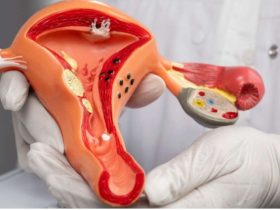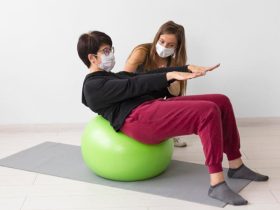In industries such as healthcare, construction, manufacturing, and laboratories, personal protective equipment (PPE) plays a vital role in safeguarding workers from hazards. With so many brands and options available today, knowing what defines quality in PPE products is essential for safety and compliance. Choosing substandard gear can lead to injuries, infections, or legal issues—making it critical to understand the standards and certifications that ensure reliability and effectiveness.
1. Compliance with Regulatory Standards
One of the first things to check when buying PPE products is compliance with recognized safety standards. In the United States, the Occupational Safety and Health Administration (OSHA) and the National Institute for Occupational Safety and Health (NIOSH) set the benchmark for protective equipment.
For example, N95 respirators must be NIOSH-approved, and protective gowns should meet ASTM standards for fluid resistance. In Europe, look for the CE marking, which confirms that the PPE meets the European Union’s health, safety, and environmental protection standards. Compliance ensures that the product has been rigorously tested for performance and durability.
2. Material Durability and Protection Level
High-quality PPE must provide adequate protection against the specific risks in your work environment. Whether it’s chemical exposure, airborne particles, or infectious fluids, the materials used in PPE should be strong, resistant, and comfortable.
For instance, medical-grade gowns and gloves must resist penetration by fluids or pathogens, while construction helmets should withstand high impact. Look for PPE made with multilayer fabrics, non-slip coatings, and breathable designs to balance safety and comfort.
3. Fit, Comfort, and Design
Even the best PPE products are ineffective if they don’t fit properly. Ill-fitting masks or gloves can lead to exposure risks and reduce worker productivity. Always choose equipment available in multiple sizes or adjustable designs for a secure, comfortable fit.
Modern PPE also incorporates ergonomic designs to prevent fatigue during long hours of use. Features like elastic cuffs, adjustable straps, and lightweight materials make protective gear easier to wear while maintaining full protection.
4. Performance Testing and Certification Labels
Quality PPE goes through extensive performance testing before it reaches the market. Look for clear labeling or documentation that indicates the equipment has been tested under specific conditions.
For instance, gloves may list their resistance to punctures or chemicals, while protective clothing might show ASTM or ISO test results. Certified PPE assures buyers that the gear will perform as expected in real-world conditions.
5. Environmental and Sustainability Considerations
As sustainability becomes more important across industries, eco-friendly PPE is gaining attention. Manufacturers are now producing biodegradable or recyclable PPE that meets safety standards while minimizing environmental impact.
Choosing sustainable PPE not only protects workers but also aligns your organization with green practices, helping to reduce waste and promote responsible resource use.
Conclusion
When purchasing PPE products, prioritizing quality standards is crucial for ensuring both safety and compliance. Always verify certifications, check material quality, and ensure proper fit to guarantee optimal protection. By investing in reliable, tested, and sustainable PPE, businesses can protect their workforce, maintain regulatory compliance, and contribute to a safer, more responsible work environment.












